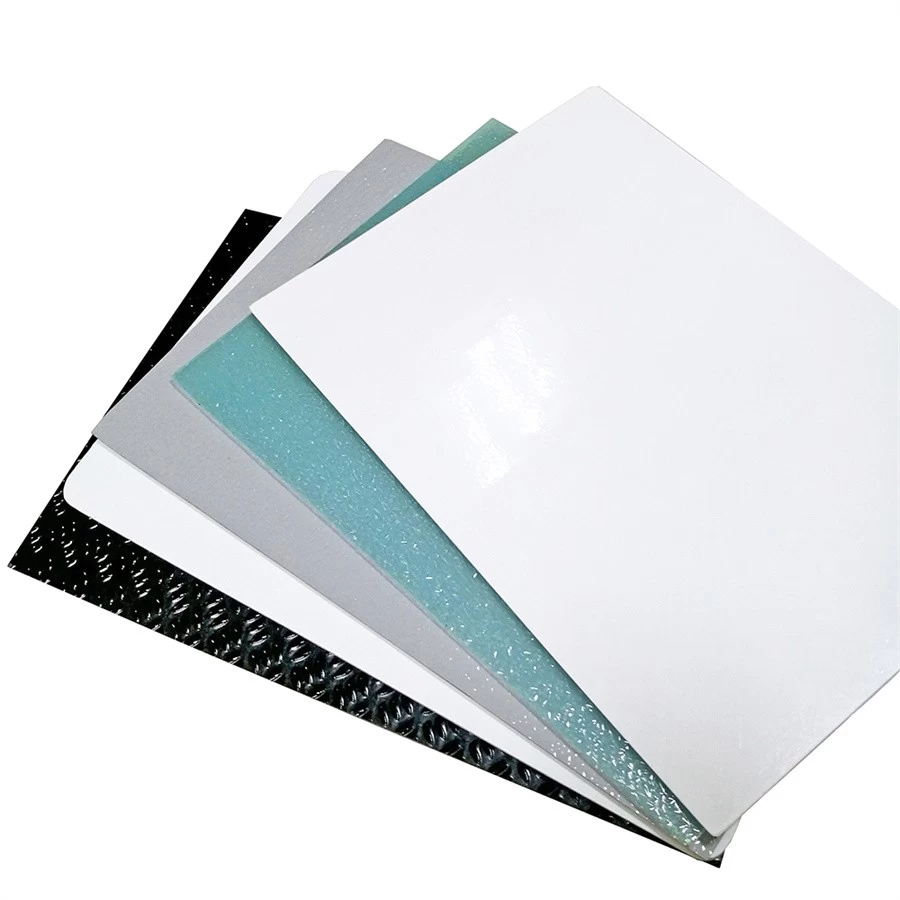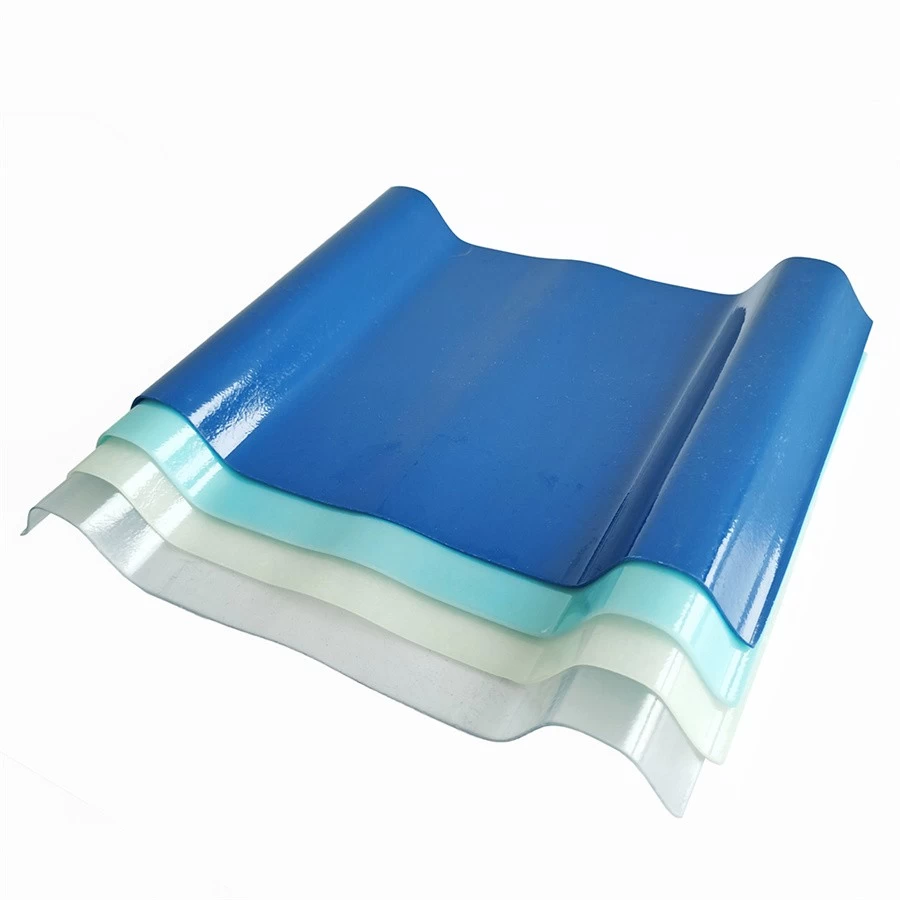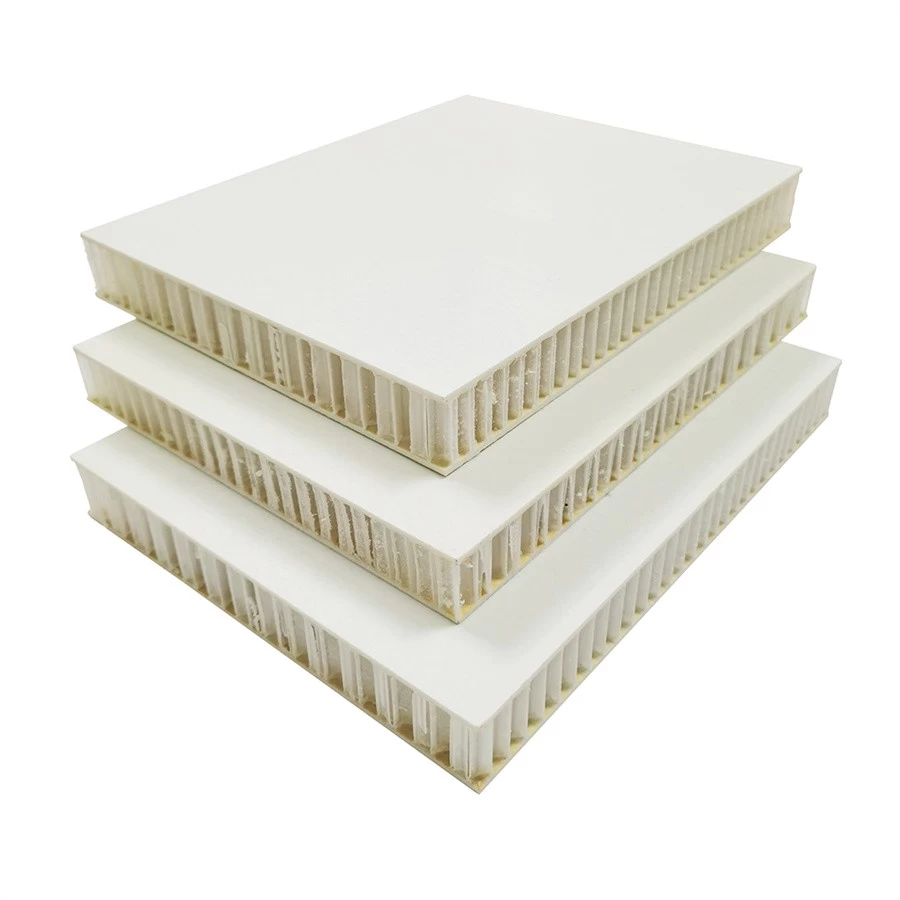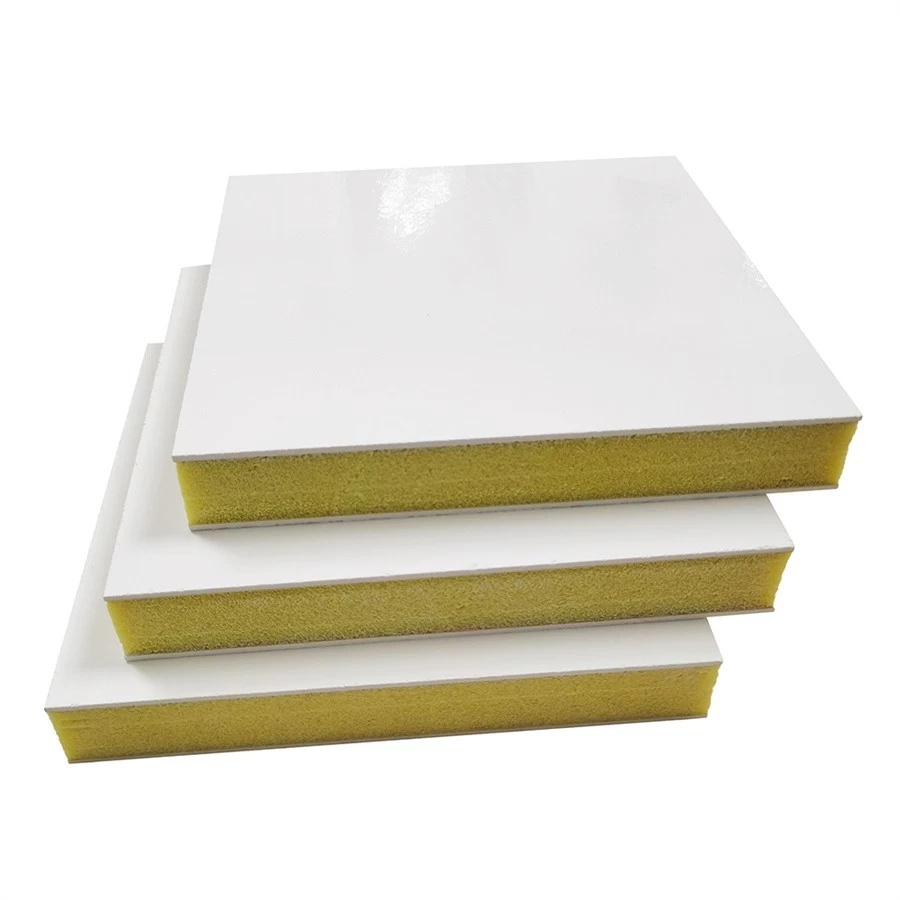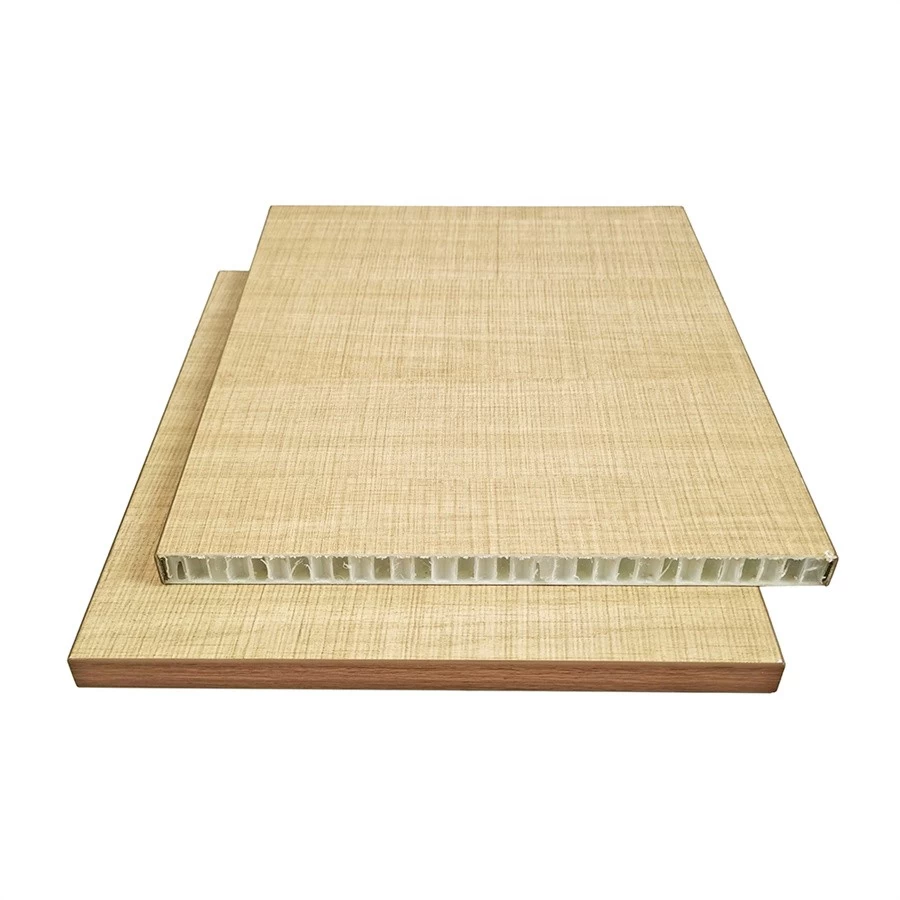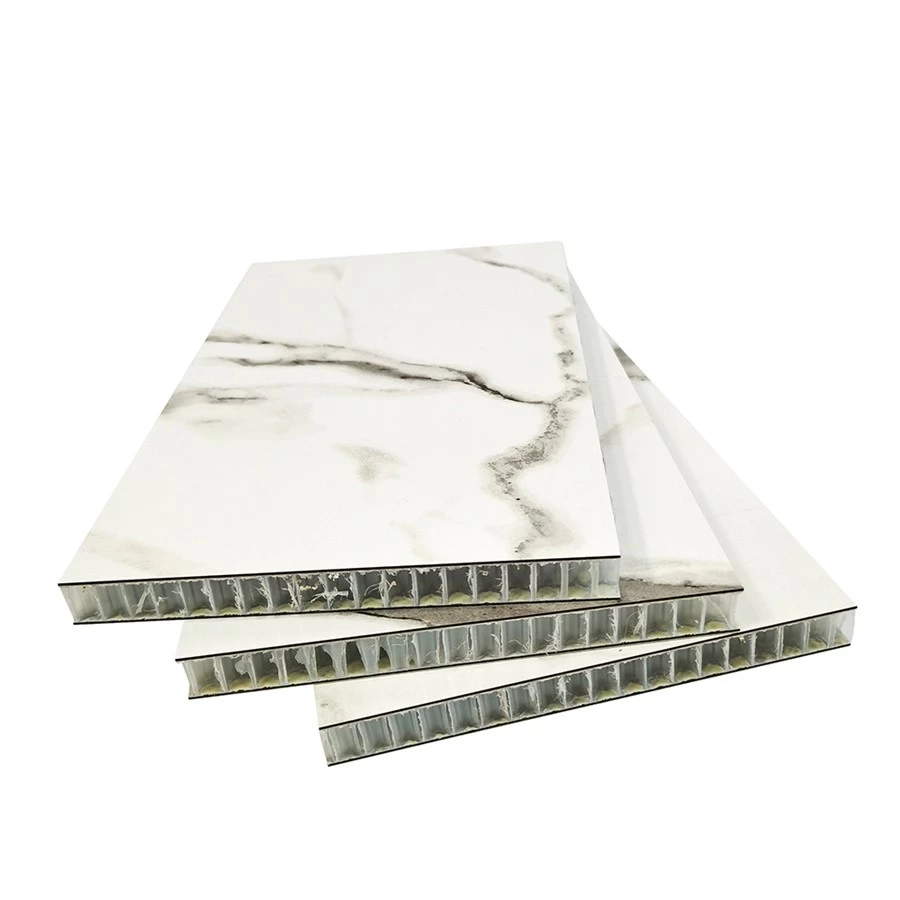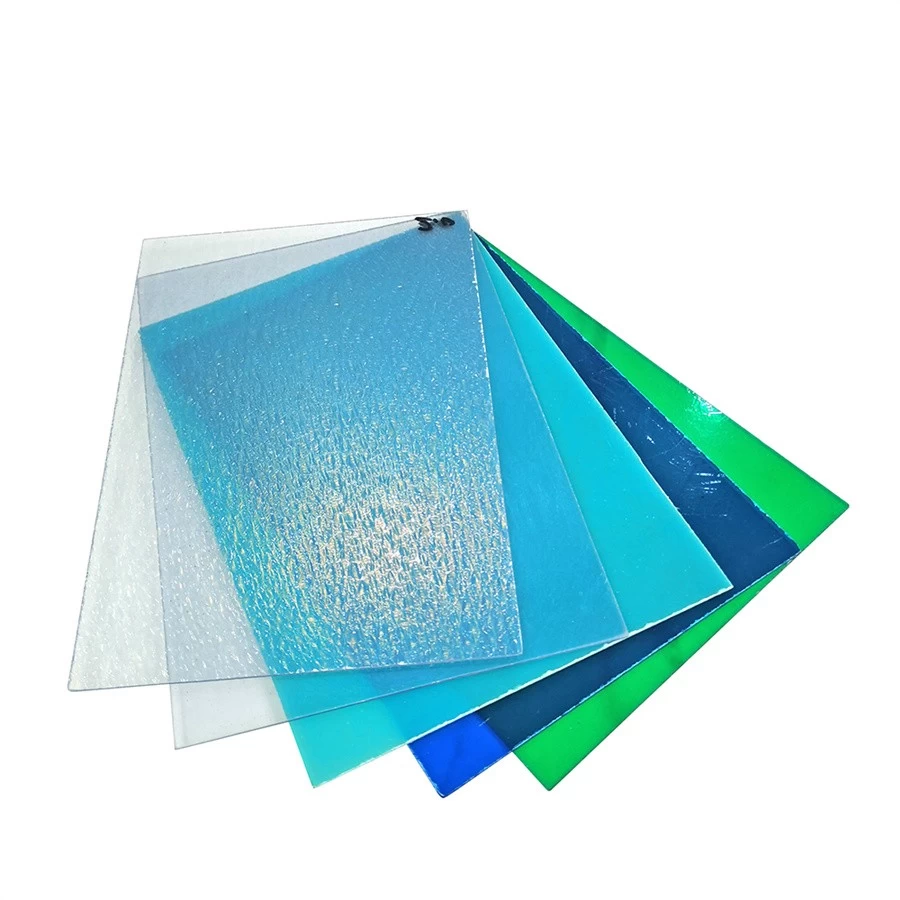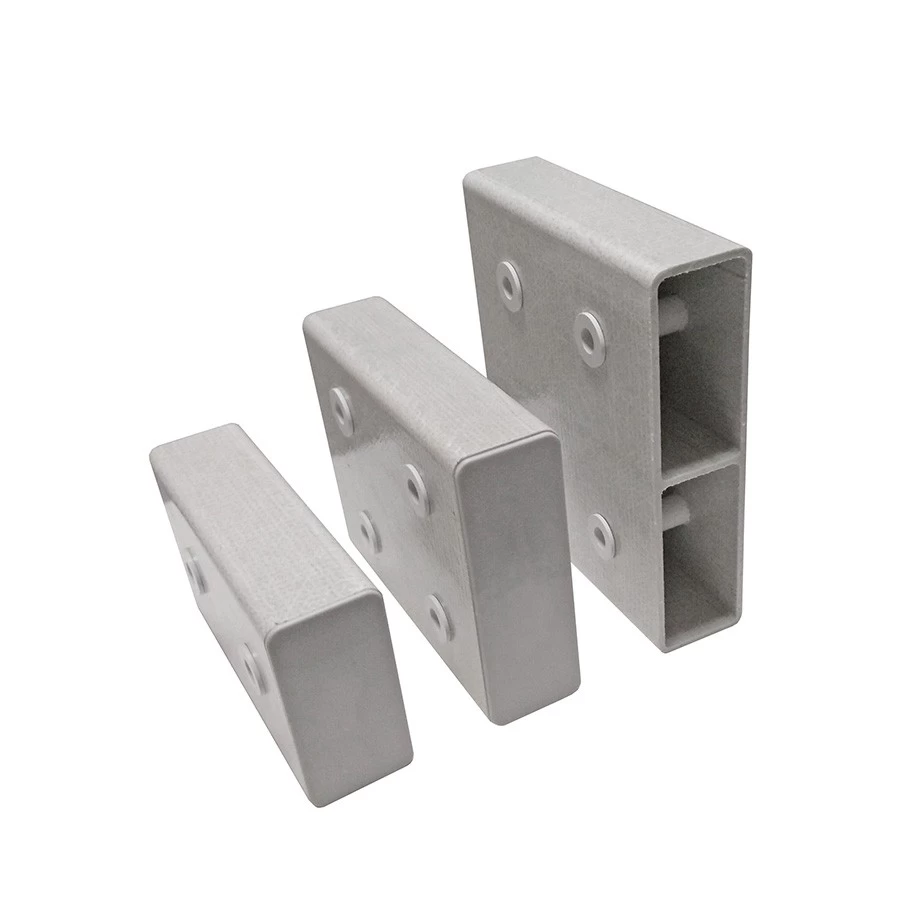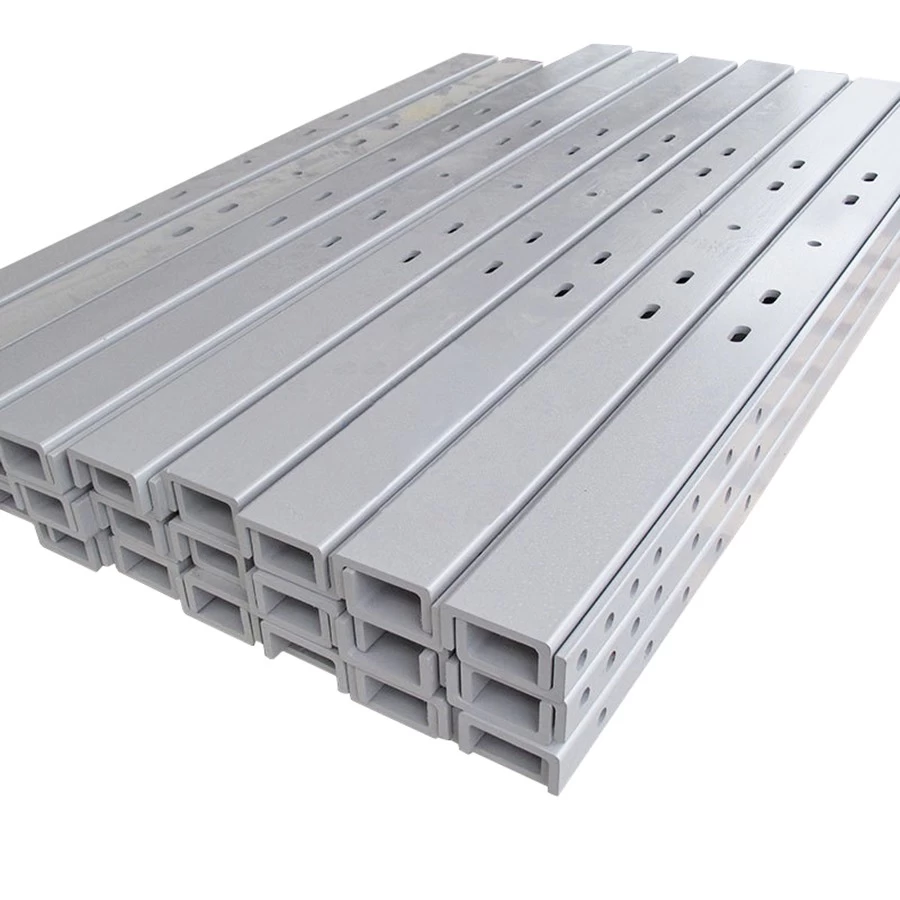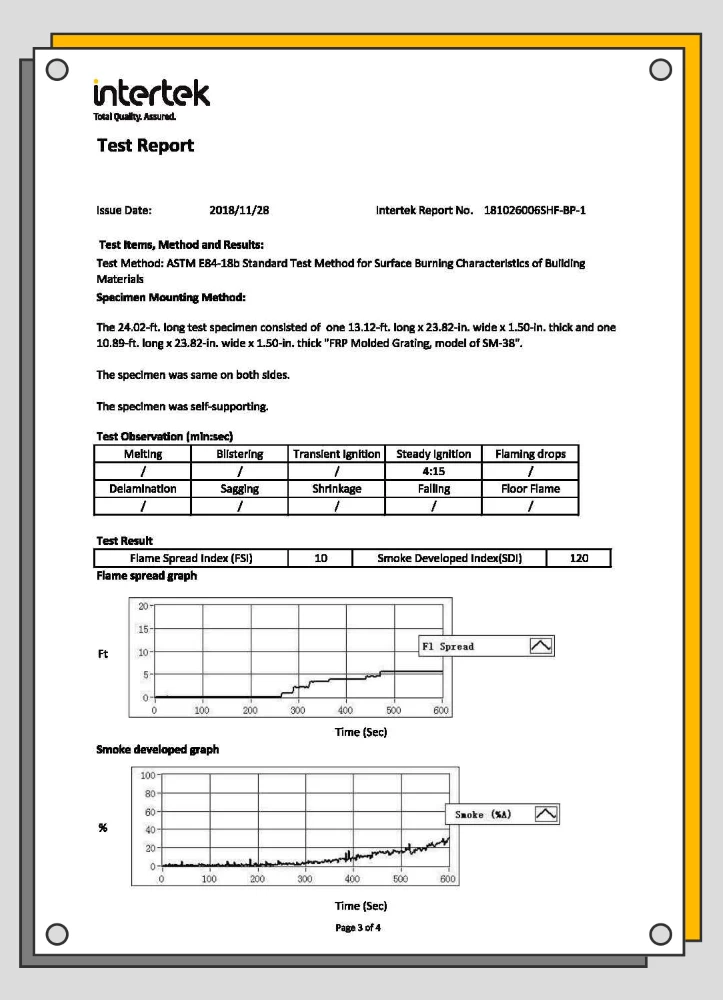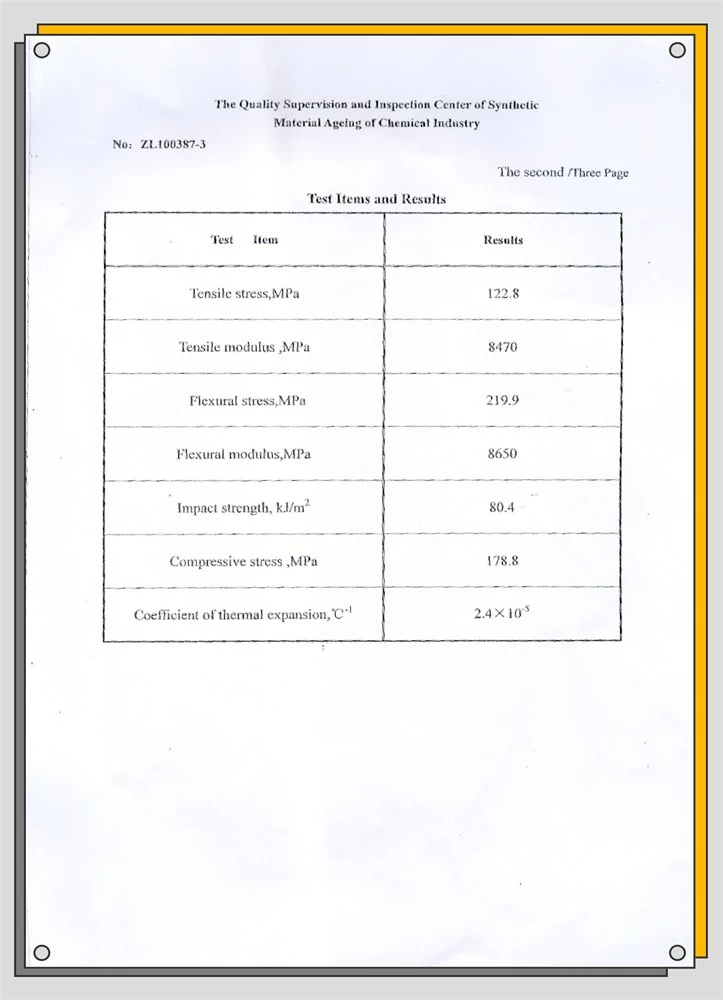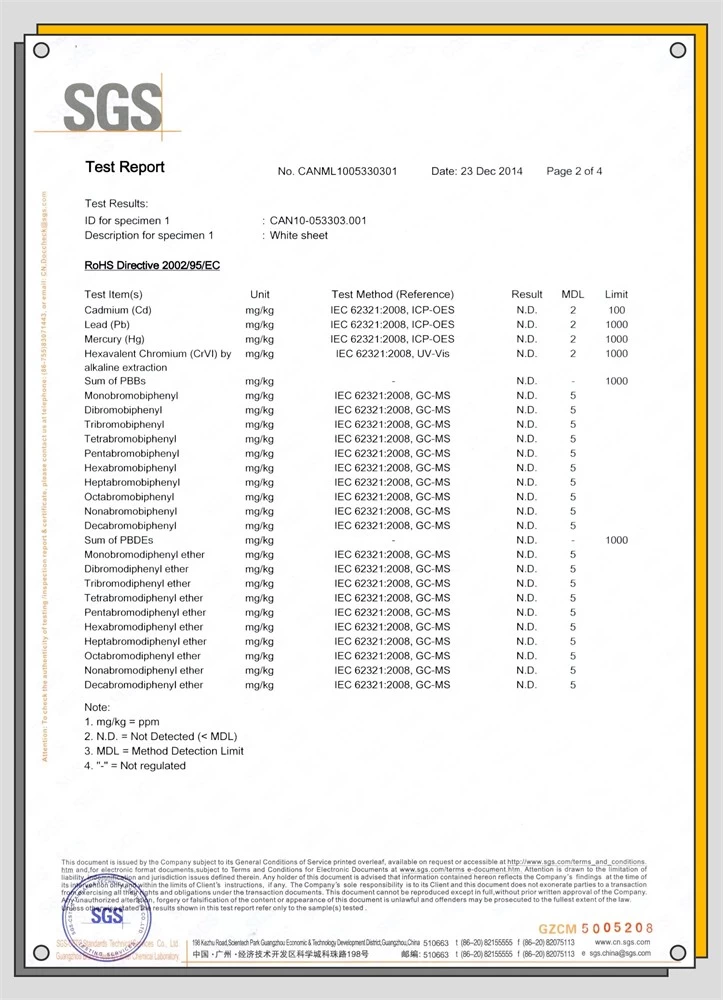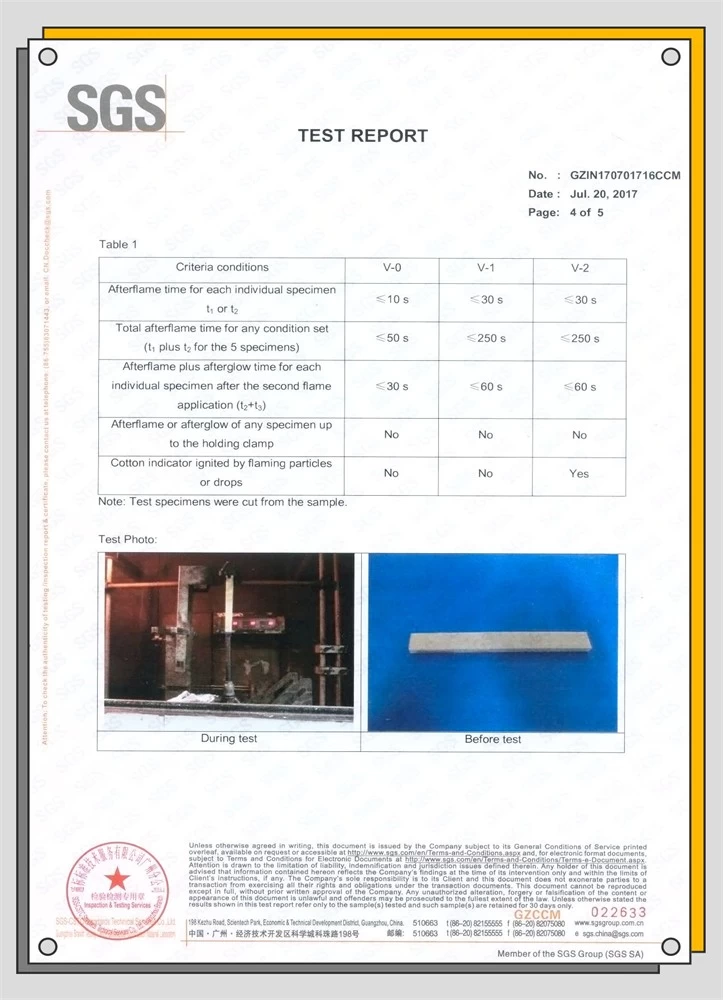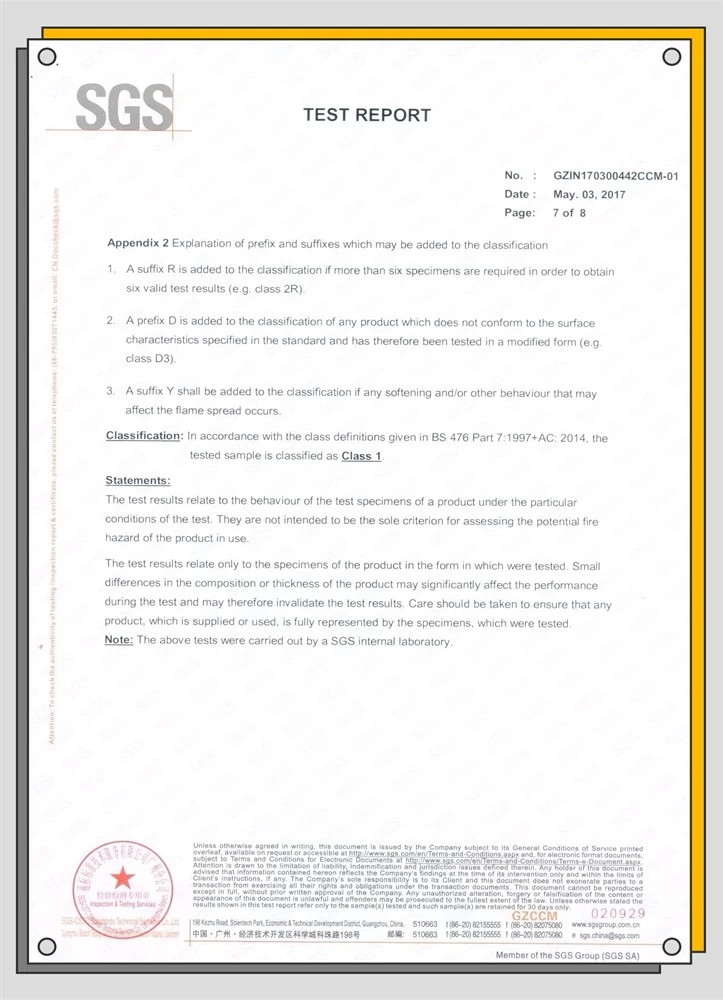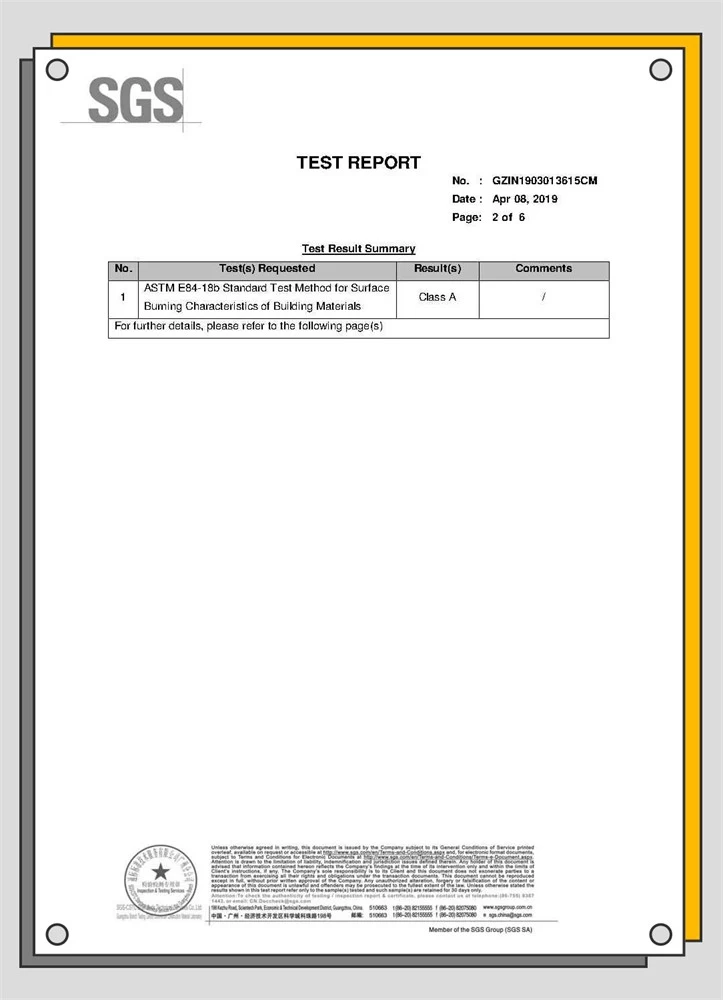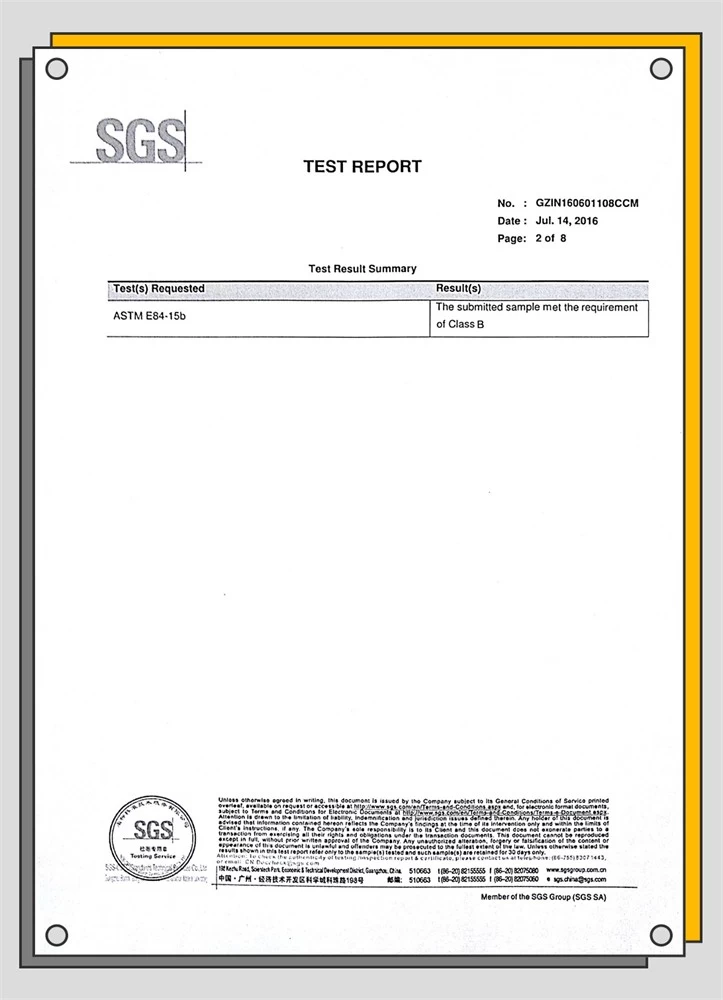Composites Market - Global Market Size, Trends Analysis, Segment Forecasts, Regional Outlook 2022 - 2030
According to reports, the global composite materials market size was US$94.34 billion in 2021, and is expected to reach around US$163.14 billion by 2030, with a compound growth rate of 6.3% from 2022 to 2030.
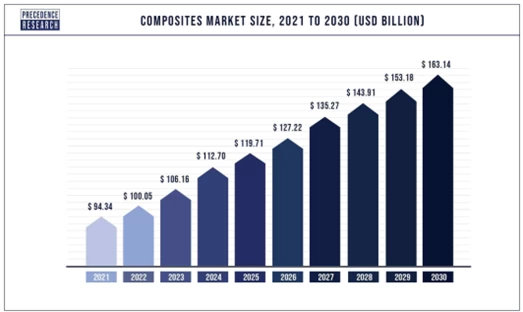
Growth factors
Some of the major factors influencing the composites market include surging demand for lightweight materials in the defense, automotive, and aerospace sectors, rising demand for chemical and corrosion-resistant materials in pipes and tanks, and construction. In addition, increasing demand for highly flame-retardant and high-resistivity materials in the electronics and electrical industries is driving the growth of the composite materials market. The development of cost-effective carbon fibers, fast-curing resin systems, and performance-improved glass fibers are some of the developments that are positively impacting the dynamics of the composites market.
Product insights
Among the different product type segments, fiberglass will emerge as a prominent segment in 2021, accounting for about 61.5% revenue share of the total market. This huge growth is due to China's huge demand in construction, electrical and electronic, wind energy and transportation. It offers improved properties such as lightweight, high durability, high strength and weather resistance etc. This exceptional quality drives their demand in countless applications.
End use
In 2021, the automotive and transportation sector will account for the largest share of revenue at 21.5%. The outlook for the global composites market is compelling, with attractive prospects in many end-use sectors such as wind energy, electrical and electronics, construction, piping and tanks, marine, transportation, consumer goods, and aerospace. The transportation industry including commercial vehicles, coaches, buses, and automobiles is expected to be one of the major markets in the United States in the coming years. Some prominent automakers are currently investing in composite technology to reduce weight and meet mandated carbon reduction targets.
Composite materials are also in great demand in the construction industry. Its applications include FRP paneling, showers, bathrooms, doors and windows, etc. Growth in the construction sector was largely driven by low mortgage rates, a continued surge in employment and falling house price inflation.
Resin Insights
Among the various resin type segments in the global composites market in 2021, the thermosetting resin segment leads the market with a revenue share of over 70%. This is due to a significant increase in demand in areas such as aviation, transportation, and defense. Thermoset composites are typically based on glass, carbon, and aramid fibers, often combined with resins such as vinyl esters, epoxies, phenolic, cyanate esters, polyesters, and polyimides.
Thermoplastics are inherently non-toxic, weldable, recyclable for other processes, and offer enhanced toughness and lower prices. A wide range of thermoplastic resins are used in composites, including PET, PVC, and polypropylene, among others. Thermoplastic resins are better utilized due to their better impact resistance and reshaping capabilities than thermoset resins.
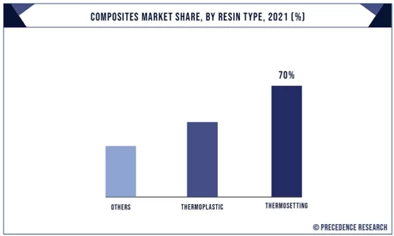
Manufacturing Process Insights
Among the various manufacturing processes involved in the global composite materials market, the lay-up manufacturing process emerged as the leading process, accounting for approximately 34.1% of the total revenue generated in 2021. This method is often used in the manufacture of composite materials. The process involves the sequential insertion of multiple layers of composite fibers with the help of a resin matrix and curing agent. The layup was then allowed to cool at room temperature. Rising production of ships, wind turbine blades, and construction moulds, is currently expected to spur demand for the layup process segment significantly.
Regional Insights
The composites industry is an economic force driving the U.S. economy. The industry contributes about $22 billion annually to the U.S. economy. Furthermore, according to the 2016 UK Composites Strategy, the UK market for composites products, with nearly 1,500 UK companies participating, was estimated at around EUR 2.3 billion in 2015 and is expected to reach around EUR 12 billion by 2030.
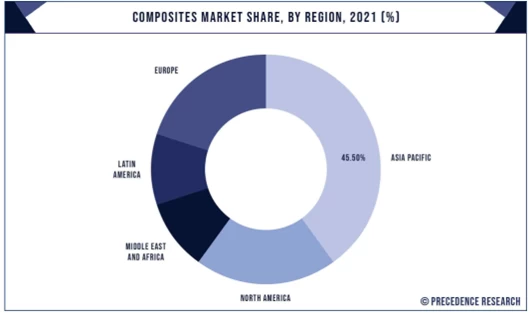
The Asia Pacific region dominated the global composites market in 2021, accounting for approximately 45.5% revenue share of the overall market. This dominance is due to surging demand from different end-use sectors in major countries such as Japan, India, and China. The governments of Canada, Japan, the United States, South Korea, China, India, Mexico and Brazil have all proposed greenhouse gas emissions and fuel economy standards for light commercial vehicles/light trucks and passenger vehicles. The proposed regulations in these countries are likely to support the requirements for composite materials in automotive parts.
This article is compiled by the China Composite Materials Industry Association. The article is not for commercial purposes, but for industry exchanges. Please indicate the source of the quotation.

